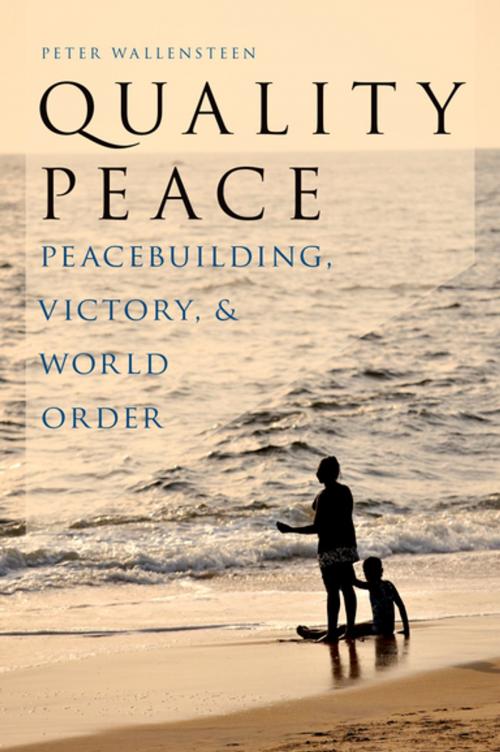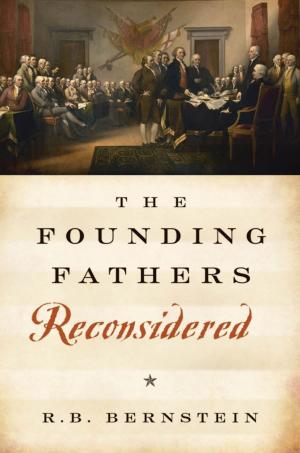Quality Peace
Peacebuilding, Victory and World Order
Nonfiction, Social & Cultural Studies, Political Science, International, International Relations| Author: | Peter Wallensteen | ISBN: | 9780190492625 |
| Publisher: | Oxford University Press | Publication: | October 6, 2015 |
| Imprint: | Oxford University Press | Language: | English |
| Author: | Peter Wallensteen |
| ISBN: | 9780190492625 |
| Publisher: | Oxford University Press |
| Publication: | October 6, 2015 |
| Imprint: | Oxford University Press |
| Language: | English |
In Quality Peace, leading peace researcher Peter Wallensteen offers a broad analysis of peacebuilding, isolating what does and not work when settling conflicts. The book uses statistical analysis to compare two war outcomes-negotiated settlement and victory- in the post-Cold War era. Wallensteen finds that if peace is to last, three conditions must be met: a losing party must retain its dignity; security and the rule of law must be ensured for all; and the time horizon for the settlement must be long enough to ensure a sense of normalcy. Wallensteen breaks down the components of all of these conditions and applies them to interstate conflicts, civil wars in which rebels are aiming to take over the entire state, and separatist rebellions. He also delves into the issue of world order and the significance of major power relations for local peace efforts. Thus, the work provides a remarkable understanding of how different types of war outcomes deal with post-war conditions. Sharply argued and comprehensive, Quality Peace will invigorate peace research and stimulate peace practice, becoming an authoritative work in the field.
In Quality Peace, leading peace researcher Peter Wallensteen offers a broad analysis of peacebuilding, isolating what does and not work when settling conflicts. The book uses statistical analysis to compare two war outcomes-negotiated settlement and victory- in the post-Cold War era. Wallensteen finds that if peace is to last, three conditions must be met: a losing party must retain its dignity; security and the rule of law must be ensured for all; and the time horizon for the settlement must be long enough to ensure a sense of normalcy. Wallensteen breaks down the components of all of these conditions and applies them to interstate conflicts, civil wars in which rebels are aiming to take over the entire state, and separatist rebellions. He also delves into the issue of world order and the significance of major power relations for local peace efforts. Thus, the work provides a remarkable understanding of how different types of war outcomes deal with post-war conditions. Sharply argued and comprehensive, Quality Peace will invigorate peace research and stimulate peace practice, becoming an authoritative work in the field.















